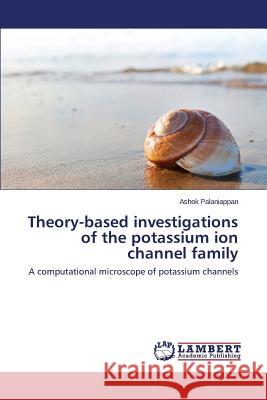Theory-based investigations of the potassium ion channel family » książka
Theory-based investigations of the potassium ion channel family
ISBN-13: 9783659503887 / Angielski / Miękka / 2013 / 148 str.
Potassium (K+) channels are tetrameric membrane proteins that play a critical role in diverse life-sustaining processes, e.g., the action potential. Their clinical significance is underscored by the observation that they are likely the founding members of the voltage-gated ion channel superfamily that includes sodium and calcium channels. The research aimed to address the gaps in our current understanding of K+ channel biology. The themes were as follows: classification of genome-complement of K+ channels; analysis of intrasubunit heterodomain co-evolution; sequence determinants of subfamily-specific channel phenotypes; and finally, structure-function-evolution relationships. The highlight was the detection of deep co-evolution between the permeation pathway of K+ channels and the corresponding channel regulatory domain. Reconstruction of the ancestral sequence of each subfamily yielded insights into the mutations that formed the biochemical basis for the range of functional differentiation present in the K+ channel protein family, notably two-pore, pacemaker and CNG channels. The work will be of interest to biophysicists, channelologists, bioinformatikers, and neuroscientists.
Potassium (K+) channels are tetrameric membrane proteins that play a critical role in diverse life-sustaining processes, e.g., the action potential. Their clinical significance is underscored by the observation that they are likely the founding members of the voltage-gated ion channel superfamily that includes sodium and calcium channels. The research aimed to address the gaps in our current understanding of K+ channel biology. The themes were as follows: classification of genome-complement of K+ channels; analysis of intrasubunit heterodomain co-evolution; sequence determinants of subfamily-specific channel phenotypes; and finally, structure-function-evolution relationships. The highlight was the detection of deep co-evolution between the permeation pathway of K+ channels and the corresponding channel regulatory domain. Reconstruction of the ancestral sequence of each subfamily yielded insights into the mutations that formed the biochemical basis for the range of functional differentiation present in the K+ channel protein family, notably two-pore, pacemaker and CNG channels. The work will be of interest to biophysicists, channelologists, bioinformatikers, and neuroscientists.











